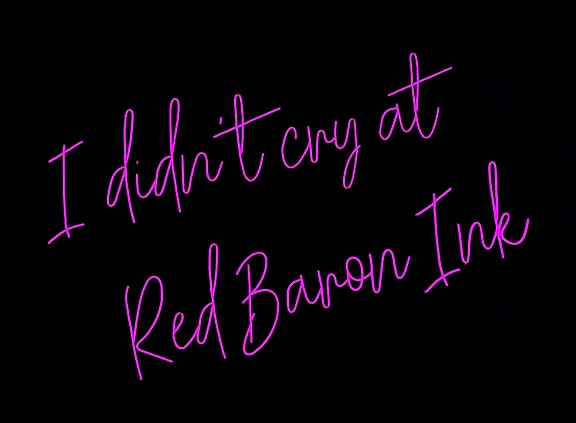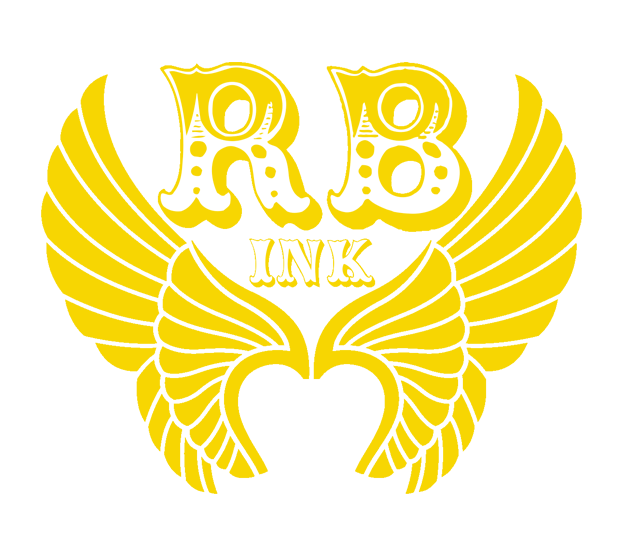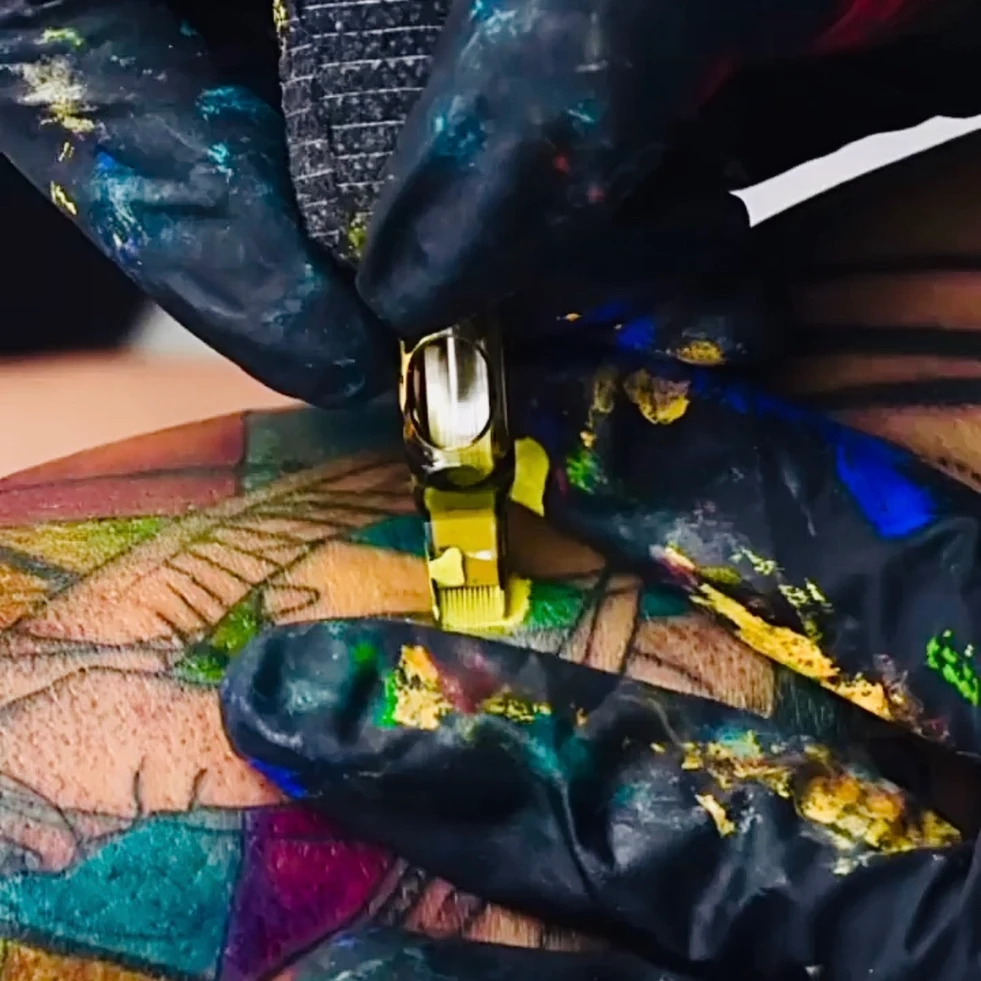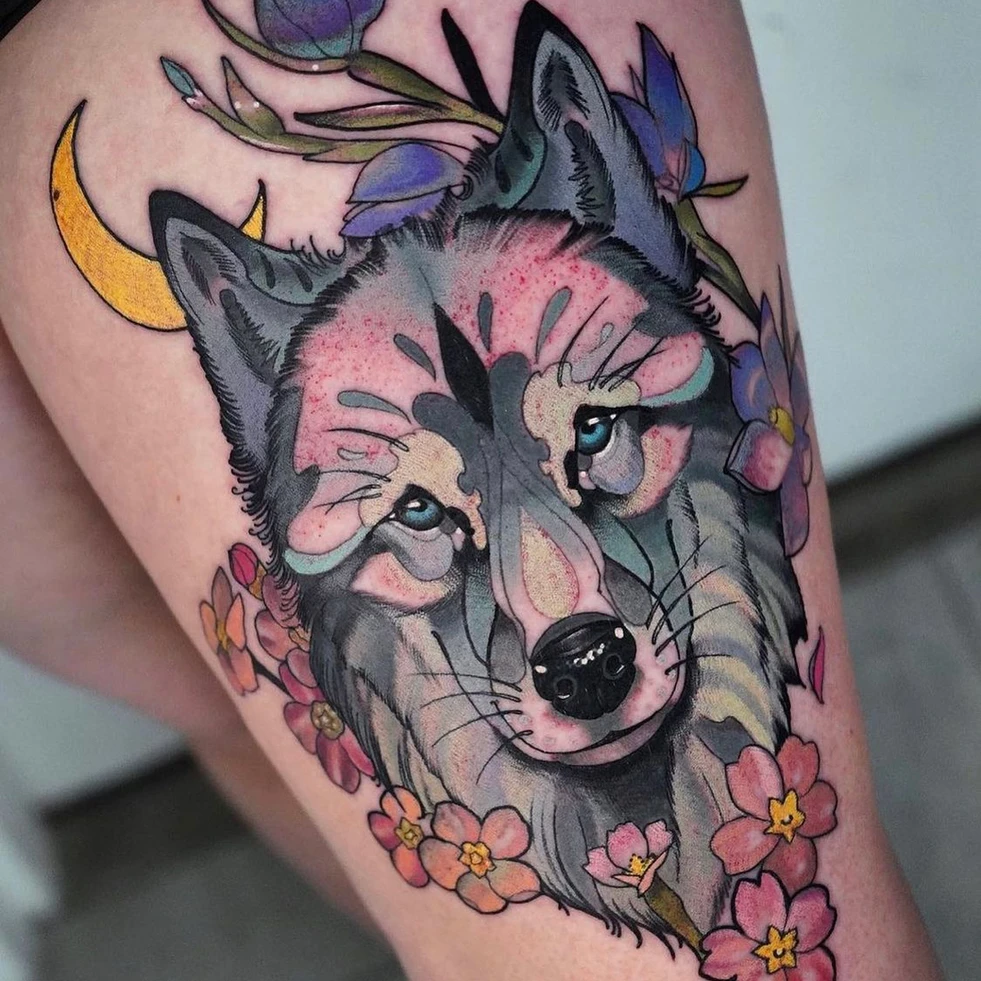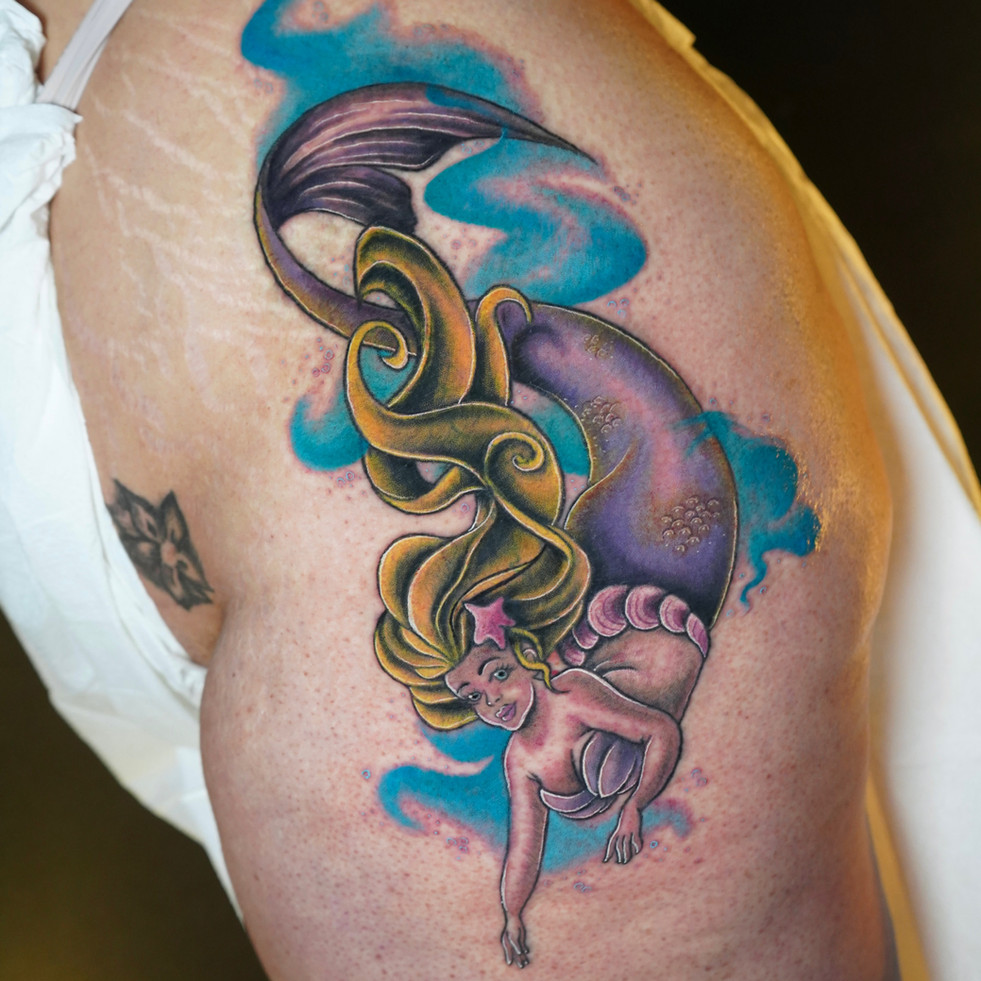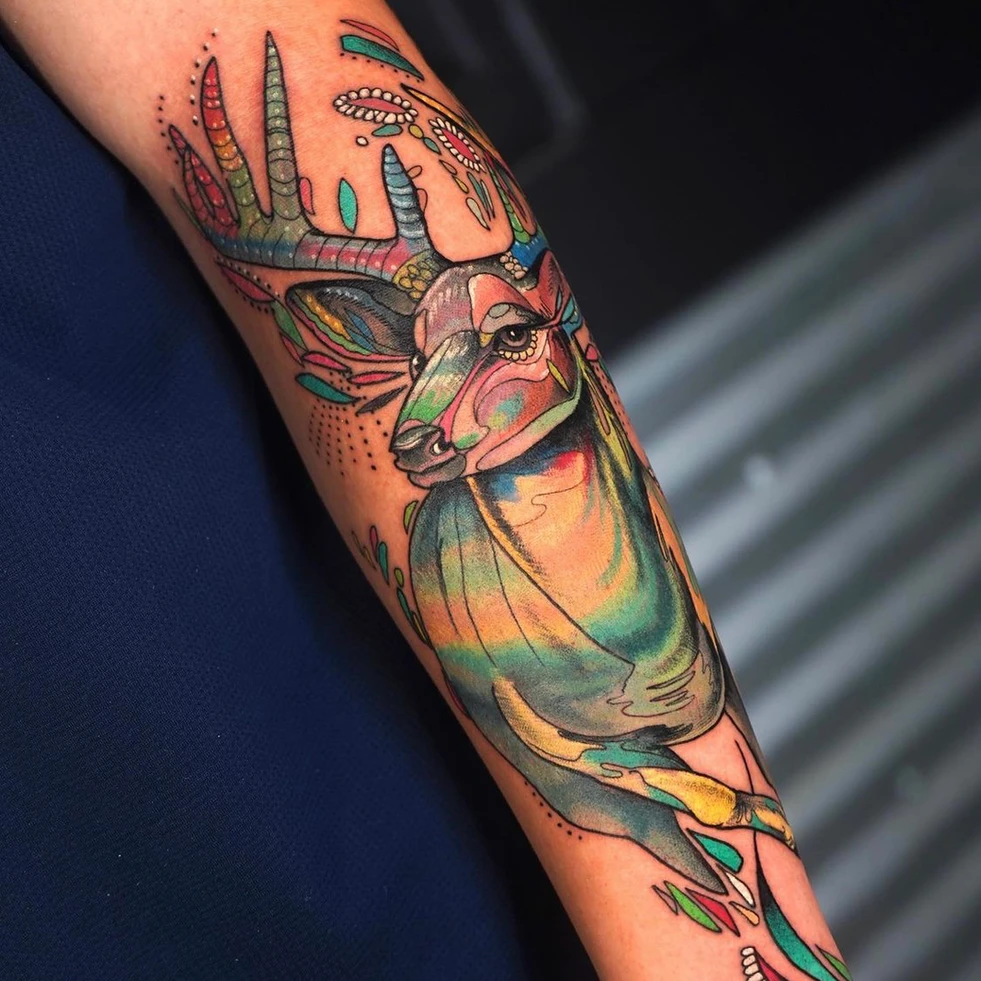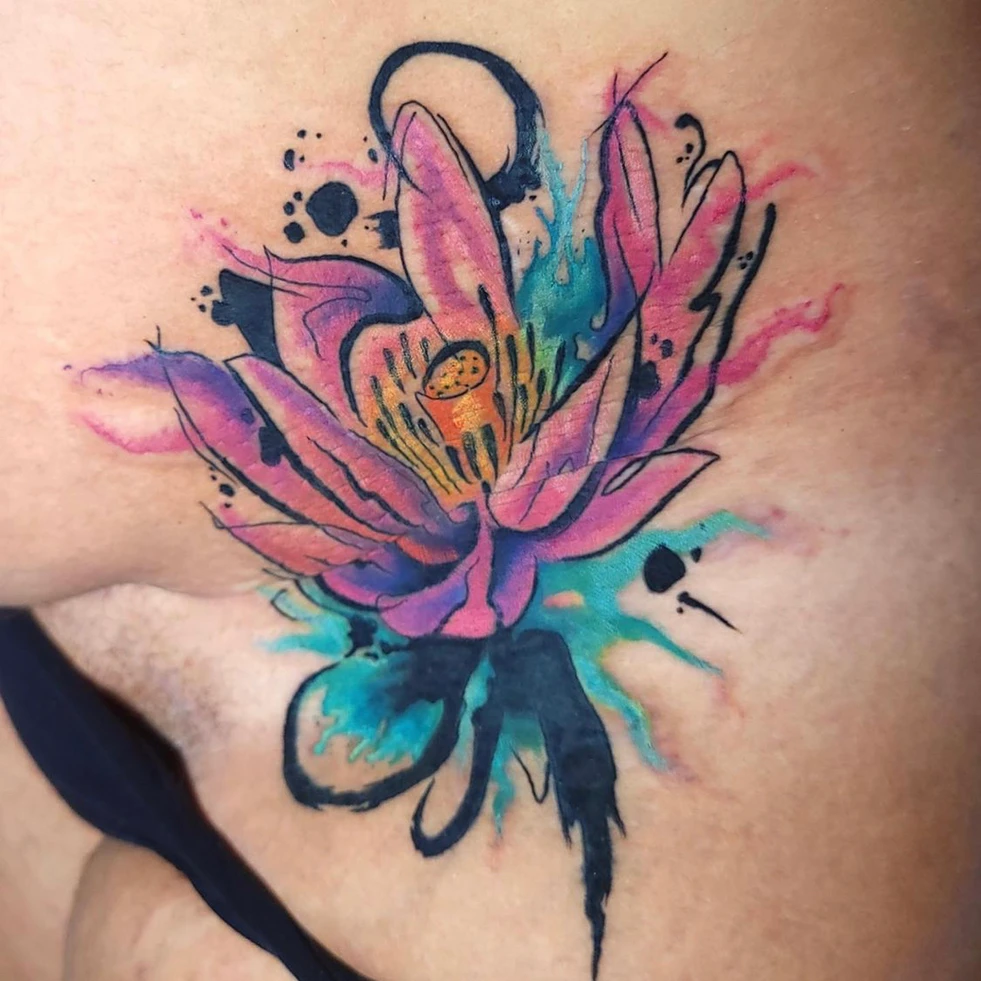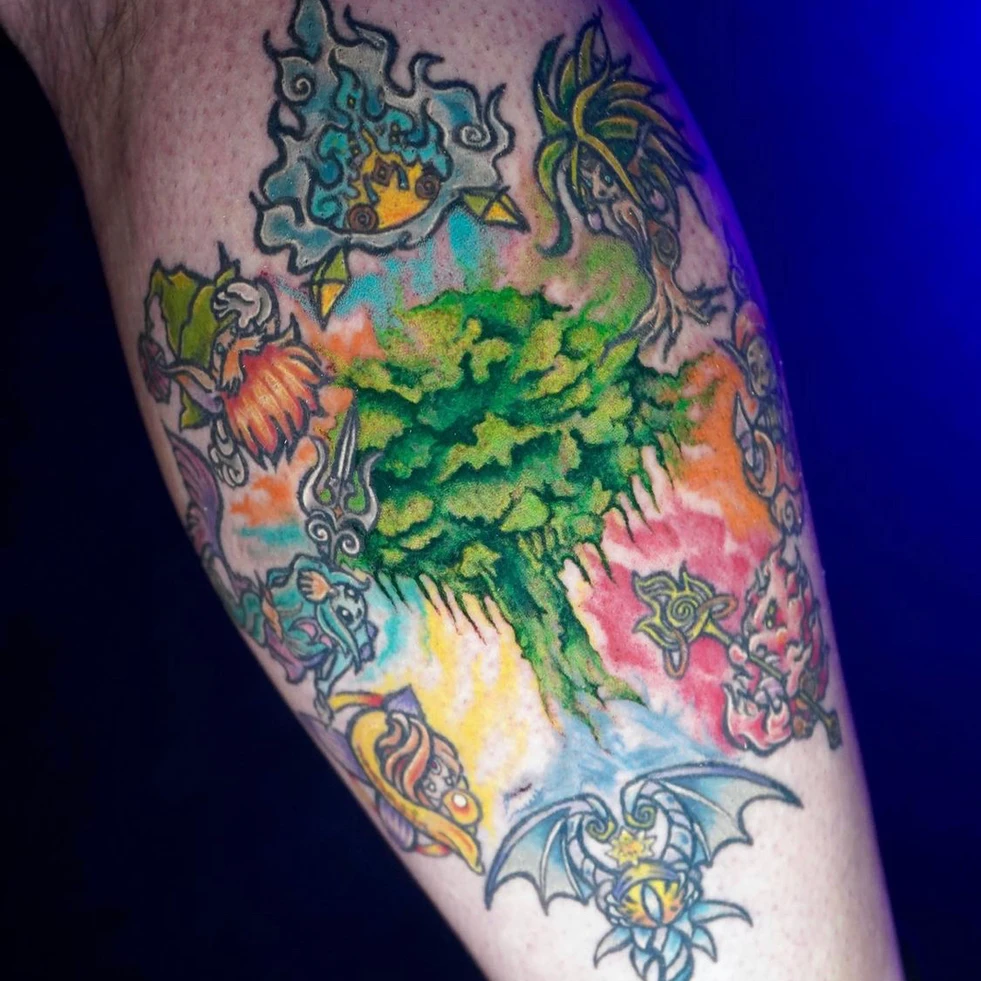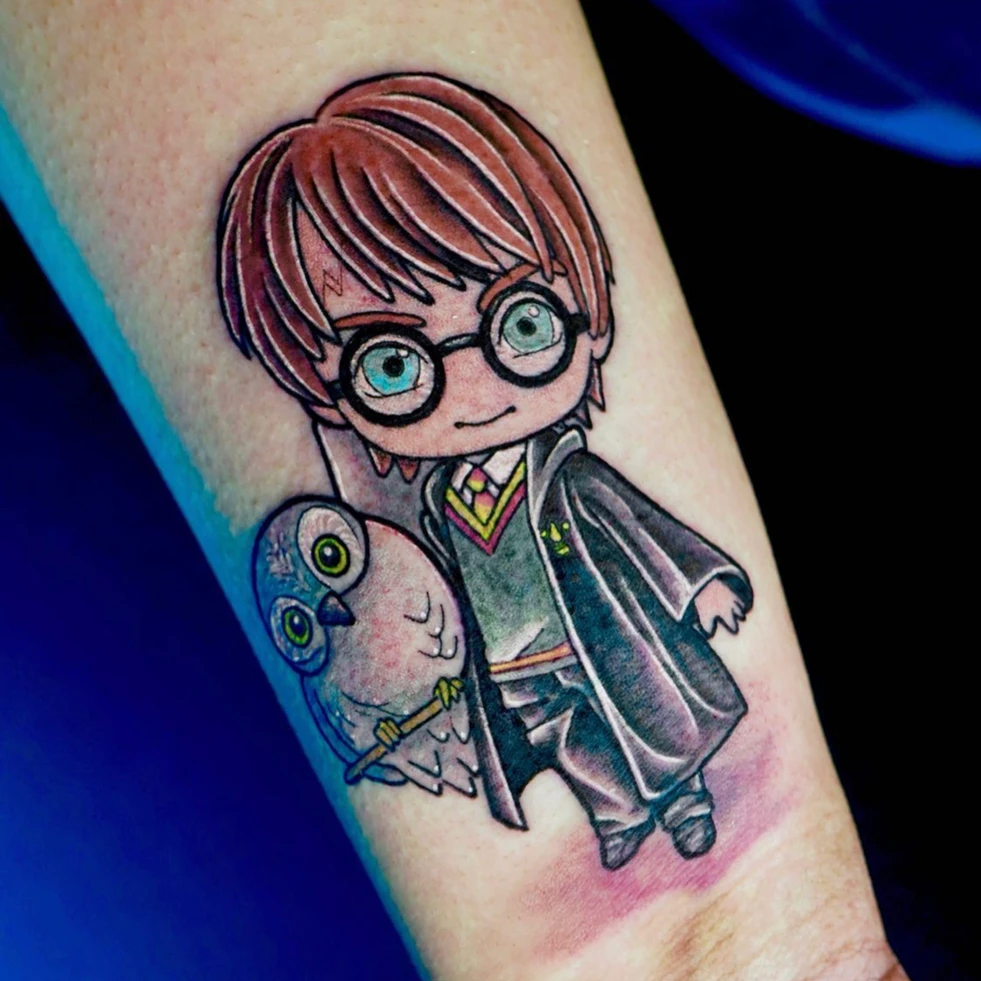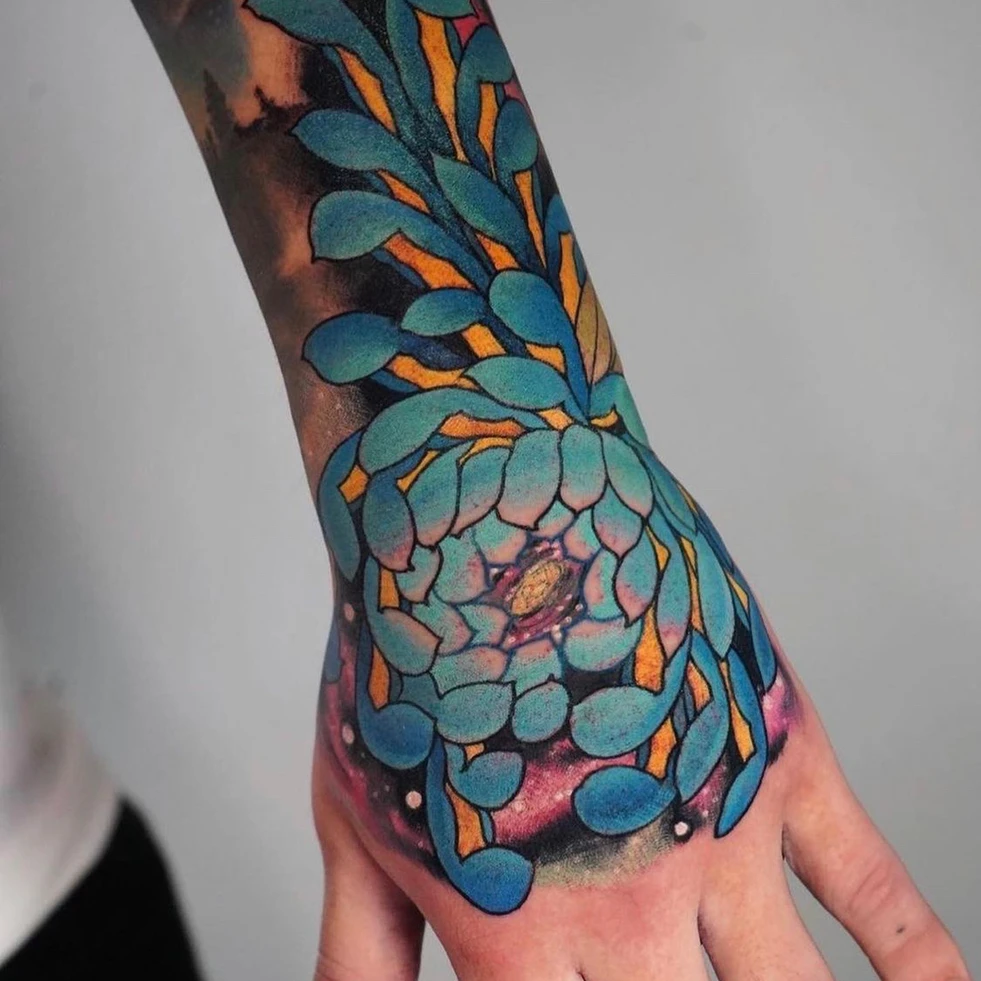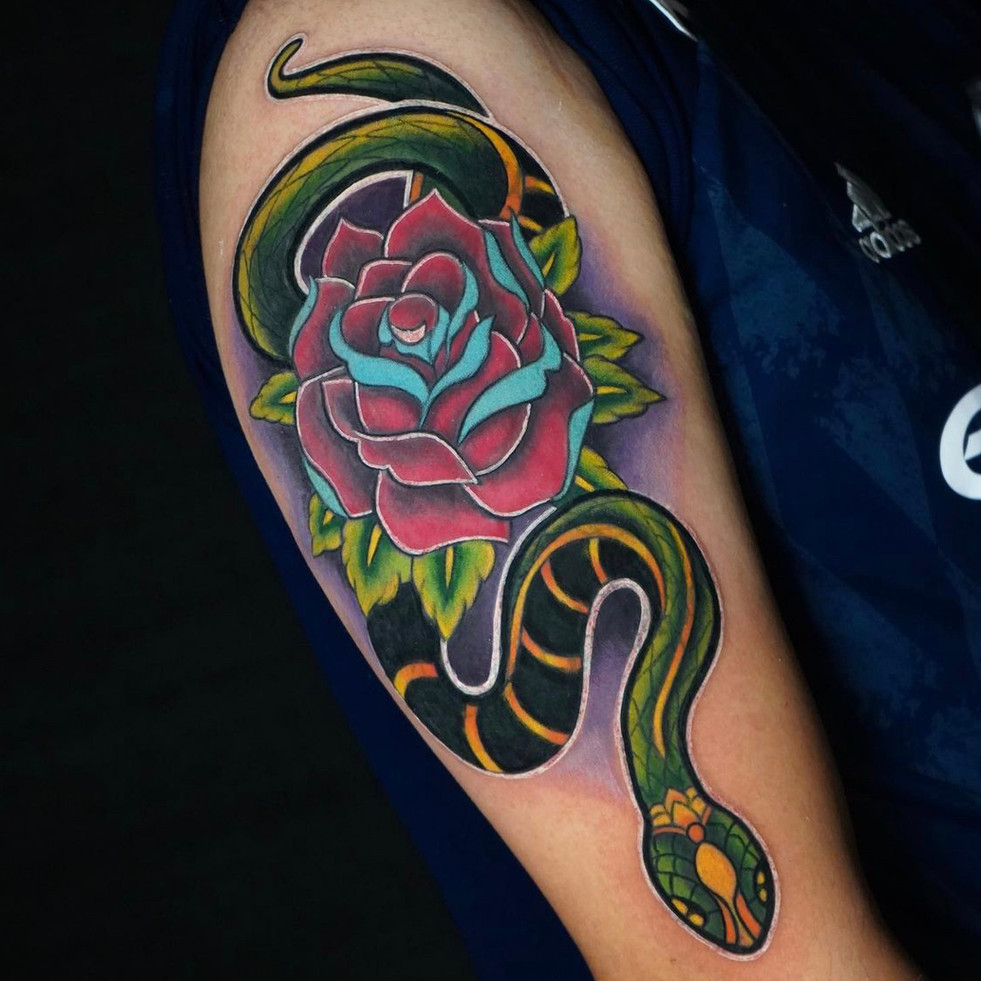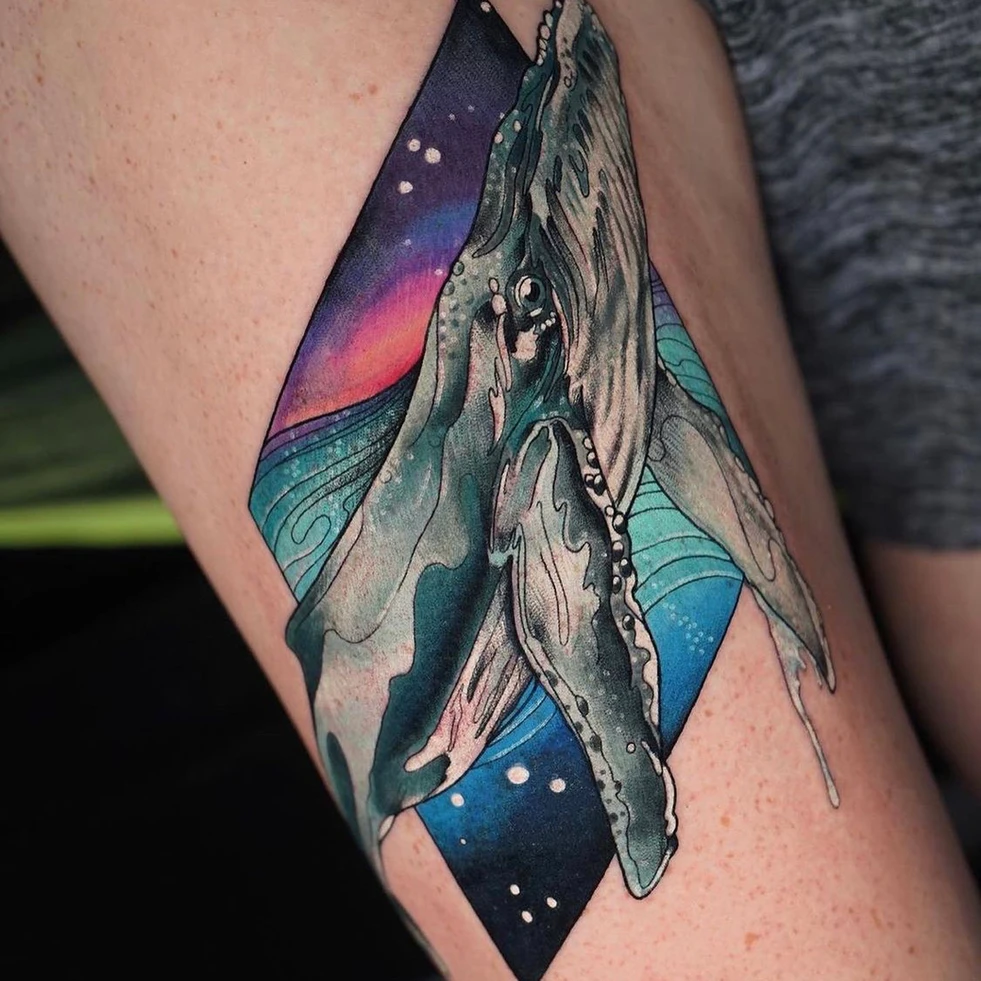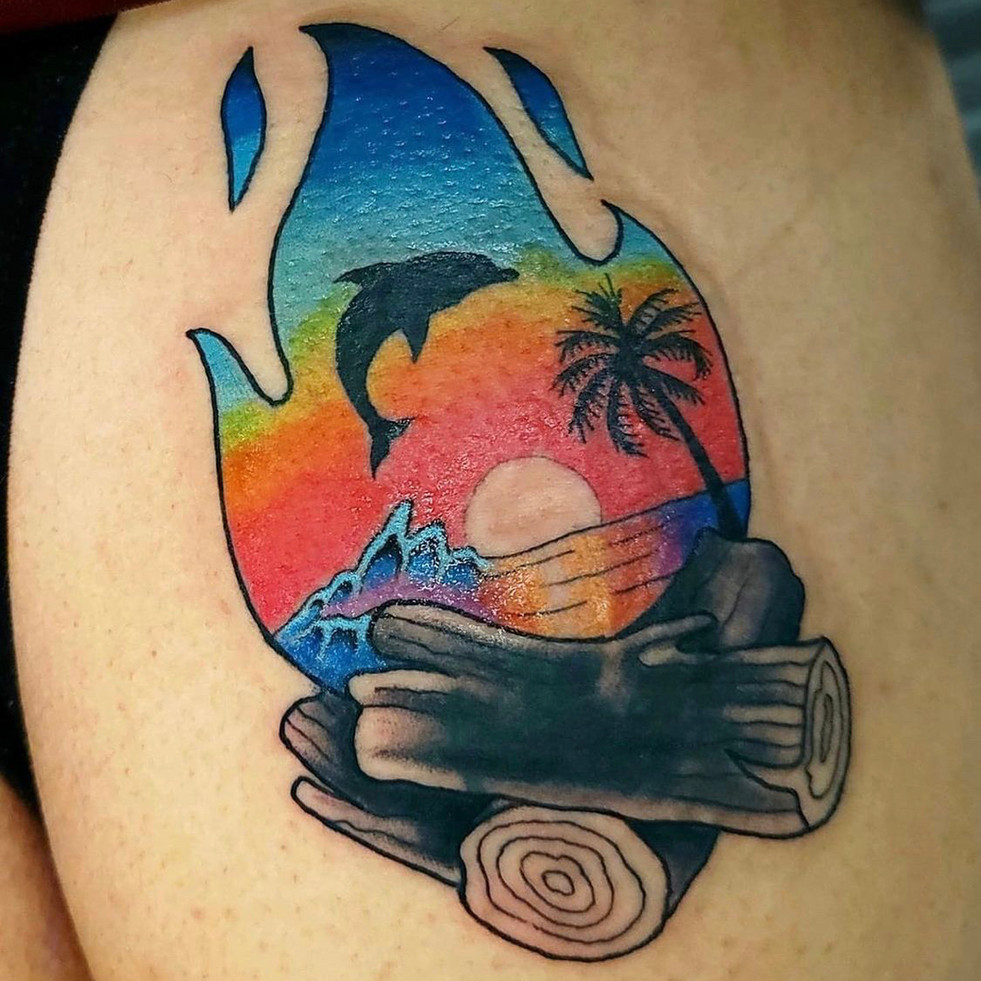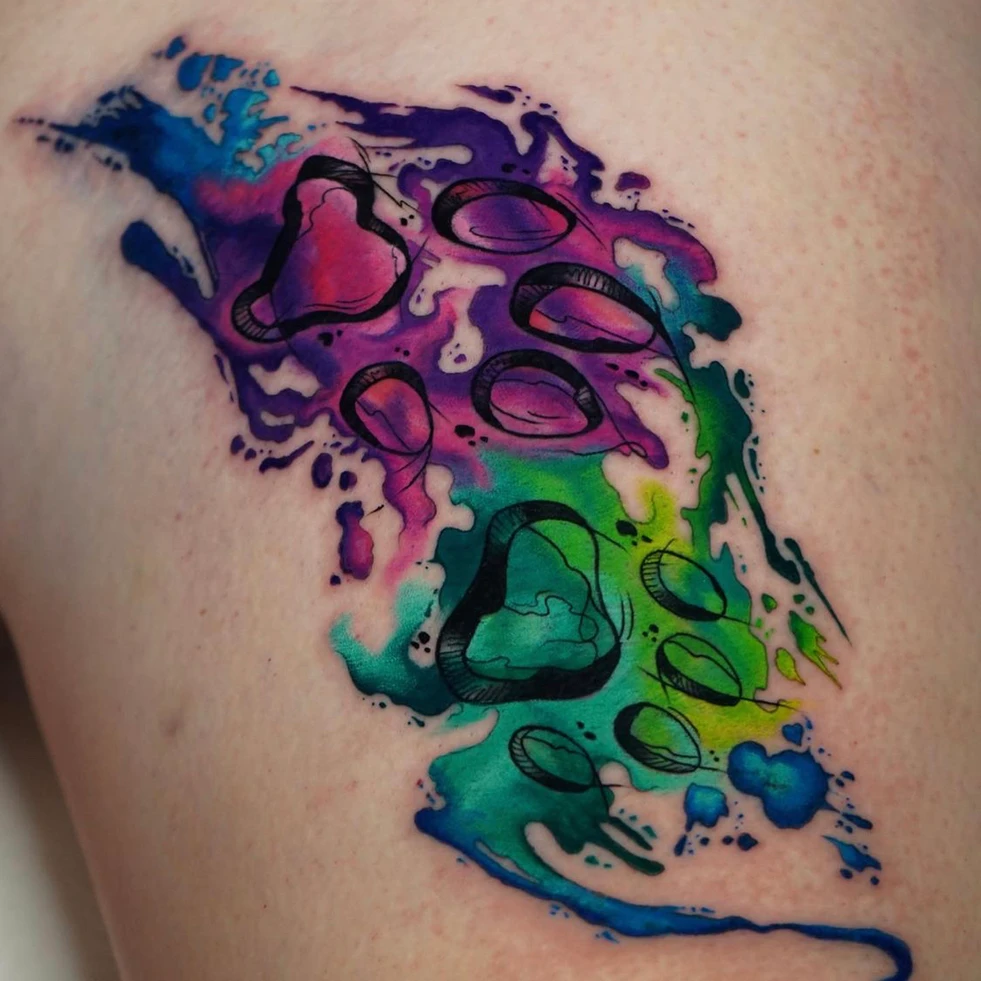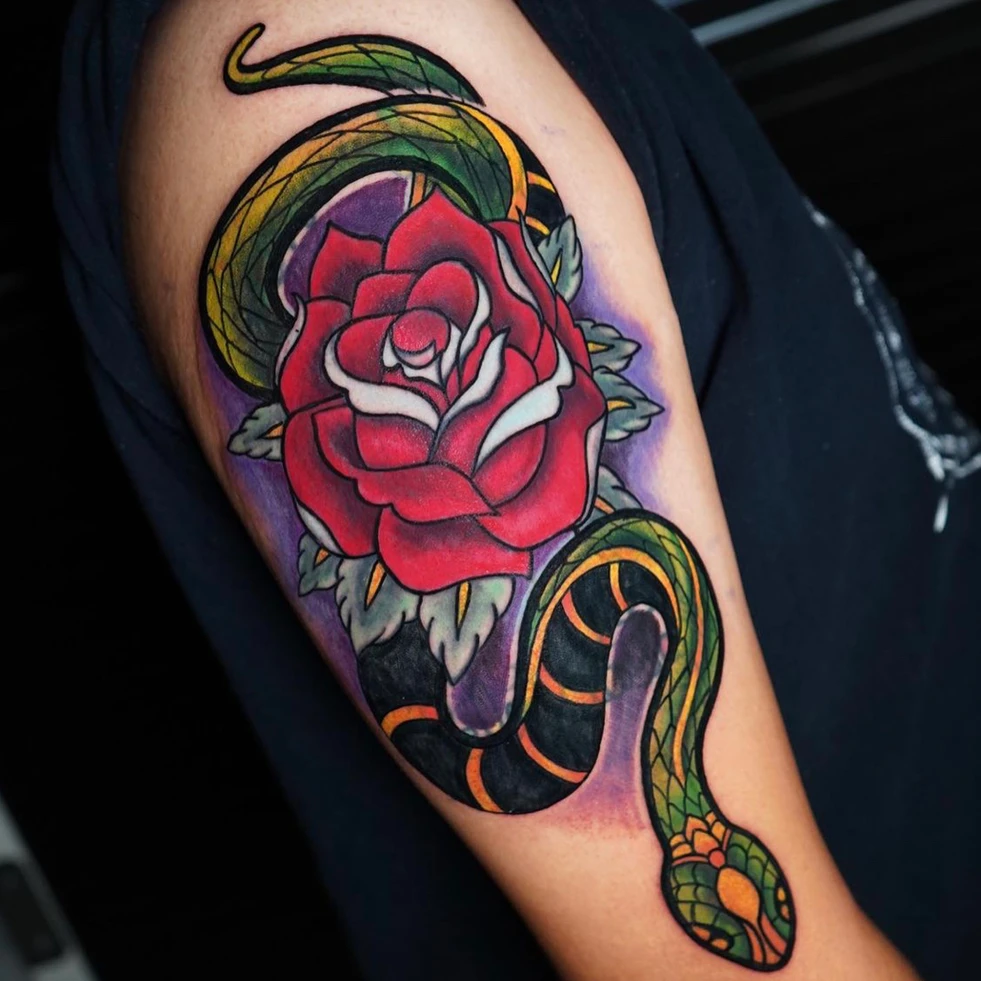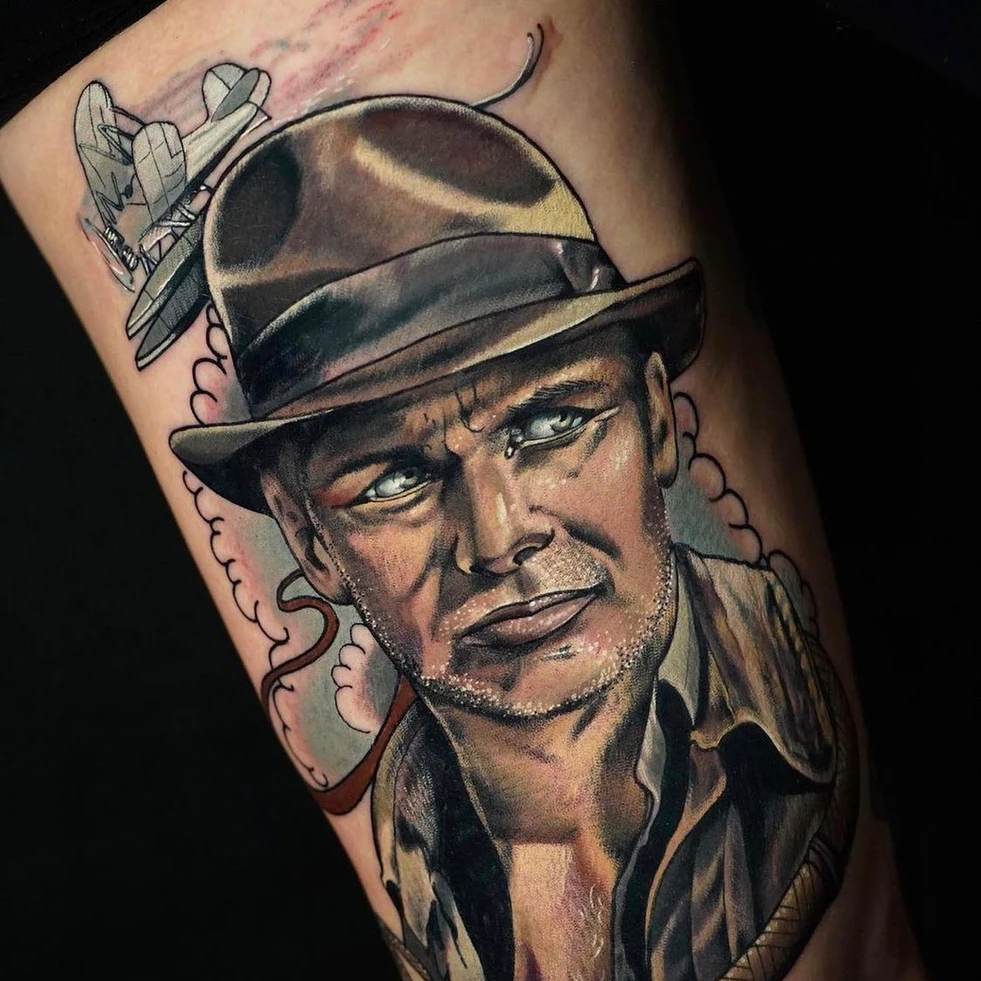Watercolor Tattoos
Like the fine art that has inspired this style, watercolor tattoos are beautiful, organic, graceful plays of color that use the skin as its canvas. The technique has become popular because tattoo artists continue to push the aesthetic, methods, and concepts to further extremes.
The Beginnings of Watercolor Tattoos
In ancient times pigments came from organic materials, including plants, minerals, animals, and charred bones. The first refined use of this medium was on Egyptian papyrus. Later, scribes used watercolor for illuminated manuscripts. Watercolor painting began seeing more consistent use during Renaissance.
Unsurprisingly, watercolor lends itself to natural illustrations well due to the natural compounds of watercolor pigments. Although watercolor painting may seem disconnected from contemporary watercolor tattooing, the techniques and stylistic approaches are very similar to many artists working during the Renaissance. Artists Thomas Gainsborough, JMW Turner, John James Audubon, Thomas Eakins, John Singer Sargent, and Eugène Delacroix are some painters who used watercolor and increased its status as a serious arts material. The skills many of these fine artists used are utilized by watercolor tattooists, with the medium and techniques translating quickly to application on the skin.
Watercolor Tattoo Techniques
Whether freehand, abstract, botanical portrayals, or derivatives of well-known paintings, the watercolor technique relies on the use of color and fluidity to get its desired results. The lack of black, however, is sometimes considered problematic. Many tattooists maintain that using black outlines keeps color pigments from spreading and dispersing. The main issue with watercolor tattoos is that they are said not to hold their shape and crispness without a foundational black outline. Some watercolor tattooists use a black “skeleton” as an “underpainting,” which helps keep colors in place. Others maintain this is not an issue as tattoo touch-ups are routine for any tattoo, watercolor pieces included.
Often traditional tattooists use a black outline on their work because the carbon-based ink has specific beneficial properties. Once injected into the skin, the black carbon-based ink is thought to become a wall that keeps colors in place, so the concern of color ink spreading becomes less of an issue. Without this black carbon wall, colors used within the watercolor tattoo style tend to fade and disperse more quickly than in a traditional piece.
Regardless of this argument, the beauty of the aesthetics and designs is hard to ignore. Many artists have an Instagram highlighting their healed work, which is an excellent way to tell if they will give you the desired results.
You can work with the tattoo artist to create a custom design. It helps to collect reference images and examples of how you want your tattoo to look. Remember, if you want a tiny tattoo, you may have to compromise on its level of detail, so listen to what the artist says will and won’t work.
